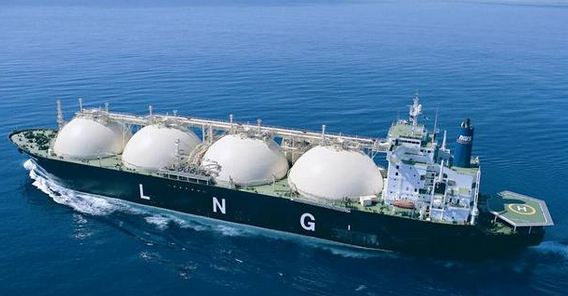Global LNG Glut Could Upend Prices by 2026
Global LNG supply is rising and growth will accelerate in the next two years as major projects in the top exporters, the United States and China, come on stream.
Supply growth is set to outpace the global LNG demand increase, leading to an oversupplied market from the end of 2026 onwards, analysts say.
The coming glut will likely depress spot LNG prices in Asia, where the price-sensitive buyers such as South Asian importers India, Pakistan, and Bangladesh could benefit from the price drop and boost demand.
For Europe, the expected LNG oversupply would be welcome news as the EU moved to ban Russian gas and LNG from 2027 and will be looking to buy even higher volumes of the super-chilled fuel to fill the gap left by the planned halt of Russian gas imports.
If LNG prices are lower, all the better for the EU budgets and its energy security. That’s if the EU moves to significantly scale back its Corporate Sustainability Due Diligence Directive (CSDDD), which places additional barriers to LNG flows to Europe, according to gas producers, traders, the United States, and Qatar.
If the sustainability directive remains as-is, importers of LNG may have to divert cargoes away from the EU as of 2027 due to non-compliance with the legislation, which would reduce gas supply just as Europe will have phased out Russian gas flows.
At any rate, global LNG supply is set to jump by 10.2% from this year to 475 million metric tons next year, per data from Kpler cited by Reuters columnist Clyde Russell.
The projected growth in LNG supply would equal the total annual demand of South Korea, which is currently the world’s third-largest LNG importer behind China and Japan.
Most of the supply increase will come from the United States by 2027, after which Qatar’s mega expansion of LNG supply capacity and newly approved U.S. projects will hit the market.
The U.S. is set to export 14.9 billion cubic feet per day of LNG this year, up by 25% from 2024, the Energy Information Administration (EIA) said in its latest Short-Term Energy Outlook (STEO) this week. Plaquemines LNG in Louisiana has ramped up exports more quickly than the EIA expected, leading the administration to raise its forecast of LNG exports in the current quarter by 3% compared with last month’s outlook. The EIA expects U.S. LNG exports to increase by an additional 10% in 2026.
The supply wave of U.S. LNG will continue through this decade as LNG developers are taking advantage of market and regulatory tailwinds to approve investments in new projects.
“There’s a period of time when it would appear we’re going to see more supply coming into the market than demand will be able to absorb,” Chevron’s CEO Mike Wirth told Bloomberg TV this week.
“That probably results in lower spot prices,” Wirth added.
The International Energy Agency (IEA) also warned of oversupply in LNG markets in its annual World Energy Outlook out this week.
Available global LNG supply is set to surge by 50% by 2030, according to the agency, which estimates that about half of the new capacity is being built in the United States, and a further 20% in Qatar.
“Natural gas demand has been revised up in this year’s WEO, but questions still linger about where all the new LNG will go,” the agency noted.
The unprecedented momentum in U.S. LNG development raises the question about the risk of prolonged oversupply, Kristy Kramer, Head of LNG Strategy and Market Development at Wood Mackenzie, says.
But the wave of new supply meets robust fundamentals worldwide, Kramer wrote in an analysis.
European demand for LNG is expected to rise further as the EU shakes off dependence on Russia, while fundamentals in Asia remain “equally strong,” Kramer added.
“Lower prices will enhance LNG’s affordability and potentially trigger the next phase of demand growth,” the strategist noted.
Spot LNG prices are headed higher in the near term with the peak demand during the winter in the northern hemisphere. Any material drop in prices could become visible in the latter part of 2026, if Europe hasn’t depleted its gas reserves in the winter and doesn’t need large volumes of LNG to fill up for the following winter when Russian LNG would no longer be a supply option.








